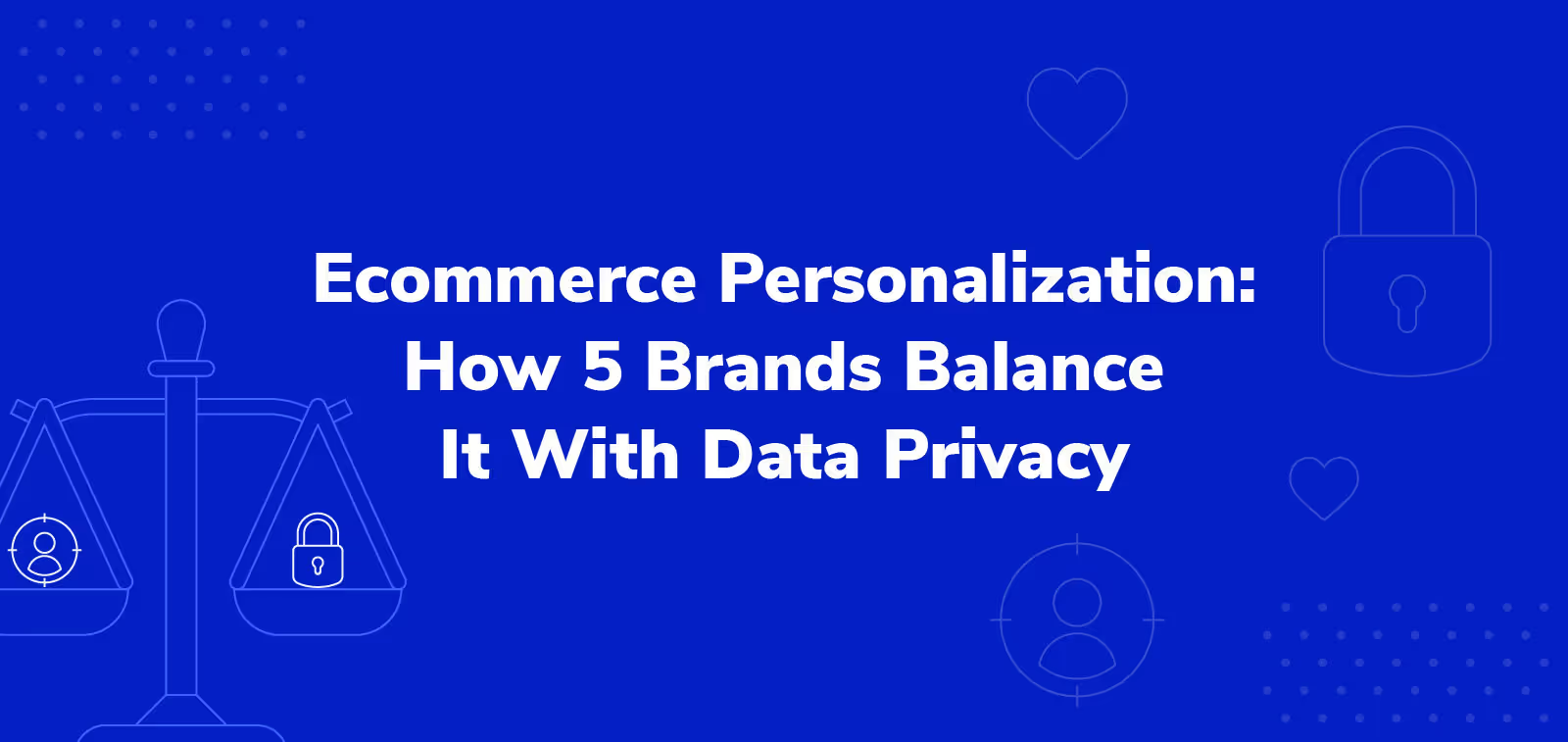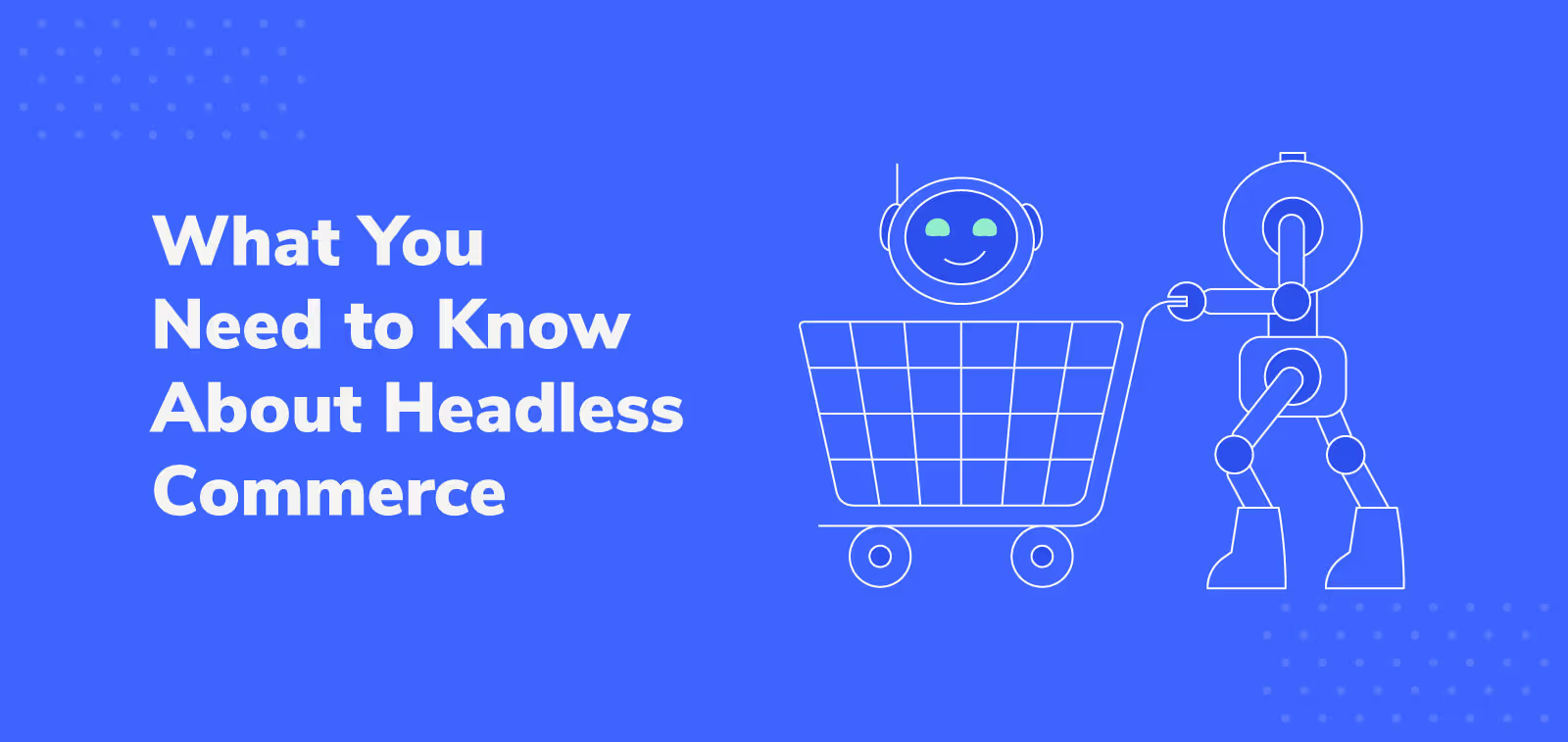Want to Scale Your Business? These 5 Ecommerce Growth Levers are Often Overlooked

Every business leader has to make strategic decisions in the context of broader market forces — that’s part of the job description. But those forces right now are particularly complex: economic uncertainty, rising ad costs, supply chain inconsistencies, and changing customer behaviors, to name a few.
The variability of those converging forces can make it even more difficult for ecommerce businesses to find the right growth levers.
Based on expert interviews conducted along with ecommerce platform partner BigCommerce, we’re examining five often overlooked ecommerce growth levers that can help you scale your business:
- Site speed and performance
- Inventory management
- Agile, data-driven digital marketing
- Email marketing segmentation
- Product and shipping protection
Let’s dive in.
1. Boost site speed and performance to boost conversion
The percentage of traffic purchasing from ecommerce sites keeps increasing year over year, and has now reached 59% in Q2 of 2022. When you’re optimizing for site speed and performance, mobile should be top of mind.
Site speed is an important factor in ecommerce conversion. According to research from digital marketing agency Portent, “a site that loads in 1 second has a conversion rate 2.5x higher than a site that loads in 5 seconds.”

Slow loading pages are so frustrating even Google hates them. In 2018, page speed became a factor in Google rankings of mobile search results. If your pages are too slow, your competitors may start to outrank you in the SERPs.
That means the overall health of your website, particularly in terms of site speed and performance, is important for both acquiring and converting customers. If your site is a little sluggish, a boost could make a huge difference toward increasing sales.
Not sure where to start? Cloudflare has a great article on how to test and improve website speed.
2. Manage inventory to reduce costs
The story of customer loyalty’s pandemic decline is inextricably linked to one word: availability. “If you don’t have it in stock, I’ll go somewhere that does.”
That, alongside the continued global supply chain challenges, makes inventory management today a much more pressing topic — but it always has been one of online retailers’ biggest challenges.
For one thing, it’s expensive to buy, store, and move, so cash-conscious merchants have to be particularly mindful. Secondly, finding the balance between running out of high-performing inventory and overstocking the warehouse is incredibly complex. Optimization — particularly in light of the market forces mentioned above — is even more so.
“For retailers, optimizing inventory and being able to accurately predict demand for their products is the key to striking the delicate balance of avoiding stock-outs of the most profitable items and avoiding having warehouses packed with inventory that can’t be shifted,” said Sara Sousa from Brightpearl.
Without a real-time inventory control system, merchants can find themselves double-selling inventory, then having to reach out to customers to explain that they’ve oversold, processing refunds, and dealing with unhappy customers. But combining the right tools with the right data sets can help you make better, faster decisions.
Download the Ecommerce Growth Guide for more insights from Brightpearl.
3. Keep an eye on digital ad KPIs and be ready to pivot
In the early years of ecommerce, it was much easier to garner attention and new customers via Google or Facebook advertising at a rate that still allowed for revenue growth — either via low cost of acquisition (CAC) or high lifetime value (LTV).

Now that there’s so much more competition — and on top of that, the way CAC has risen — it’s even more challenging for brands to reach profitability. Merchants have to be cost-conscious given the macroenvironment we’re in today.
Ryan Garrow, ecommerce veteran and director of partnerships and client solutions and digital agency Logical Position, offered this advice in a conversation from earlier this year:
“You have to put your expectations into perspective. It’s incredibly difficult to even make short-term predictions right now. Merchants have to watch their data closely and be ready to pivot.”
Brands that don’t watch their ecommerce metrics closely enough, he said, sometimes don’t see the signals until it’s too late to pivot quickly enough to take advantage of an opportunity or avoid a loss.
“You cannot be setting and forgetting on any part of your marketing, whether that’s social, Google, Amazon, display or YouTube,” said Garrow.
“You’re going to see data, and you’re going to have to react very quickly. The brands able to react quickly are the ones that will succeed.”
4. Leverage email marketing segmentation to test new ideas
A key takeaway we heard in many of our interviews was that converging forces like rising acquisition costs, growing competition and increasing privacy regulations are shifting the scales from paid channels to owned channels.
Savvy marketers are taking their cue from their customers, and shifting their marketing efforts to using consensual communications, such as email marketing, to build genuine customer relationships.
Alex McPeak, content strategist at Klaviyo, suggests merchants create a VIP segment of their best customers — however you define it.
“Where this segment really comes into play is testing new ideas and collecting feedback, all the while improving retention and growing customer loyalty,” she said. “These customers are also the biggest fans of your brand, which means they’re going to be more receptive to new marketing campaigns.”
Get more email marketing tips from Klaviyo in the Ecommerce Growth Guide.
5. Offer product and shipping protection to boost your margins
Product and shipping protection work together to put and keep your working products in your customers’ hands.
Product protection
Product protection is becoming table stakes, and if you sell through marketplaces or major retailers like Amazon, they’re already selling product protection on your products.
“Product protection is a great opportunity to continue the dialogue with your customers and get them back to your website,” said Extend CRO and Co-Founder Rohan Shah. “And it’s a pure profit play.”
Offering product protection is meeting a customer need while driving pure profit to your bottom line. In the first year, you’ll see that revenue, plus the incremental revenue that comes from increased motivation to purchase.
Then, in year two and beyond, you’ll start seeing net-new purchases on the books as customers submit claims for replacement products. One of the best ways to build loyalty is by keeping customers in a working product.
Shipping protection
Shipping protection turns a customer pain point into a positive brand interaction by easily restoring the customer experience in the event of a lost, stolen, or damaged package in transit.
But this doesn’t just improve the customer experience — it can boost your bottom line by offsetting costs of getting your shoppers their replacement products.
“With Extend Shipping Protection, our customers are protected and we save millions of dollars in product replacement costs,” said Ali Oner, CEO of Boutique Rugs, upon the public product launch.
“Shipping Protection complements our Product Protection offering from Extend, allowing us to further drive incremental profit and defray costs.”

Victoria Fryer leads the content marketing team at Extend. Previously, she managed content at Contacto and BigCommerce.
.svg)












































.avif)











